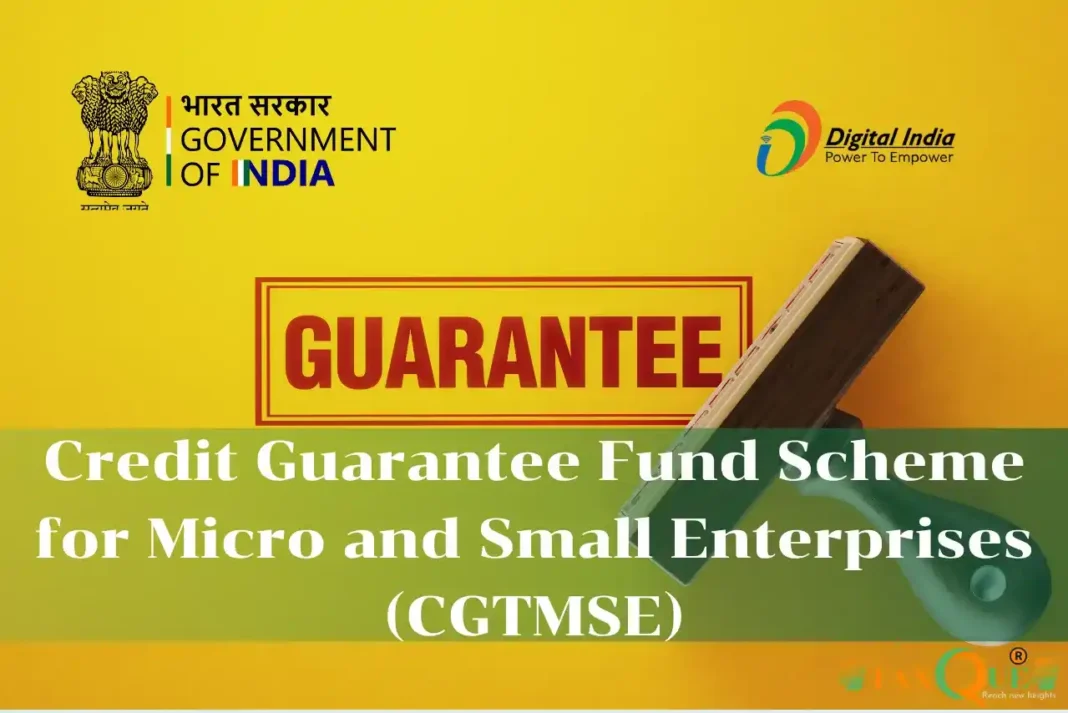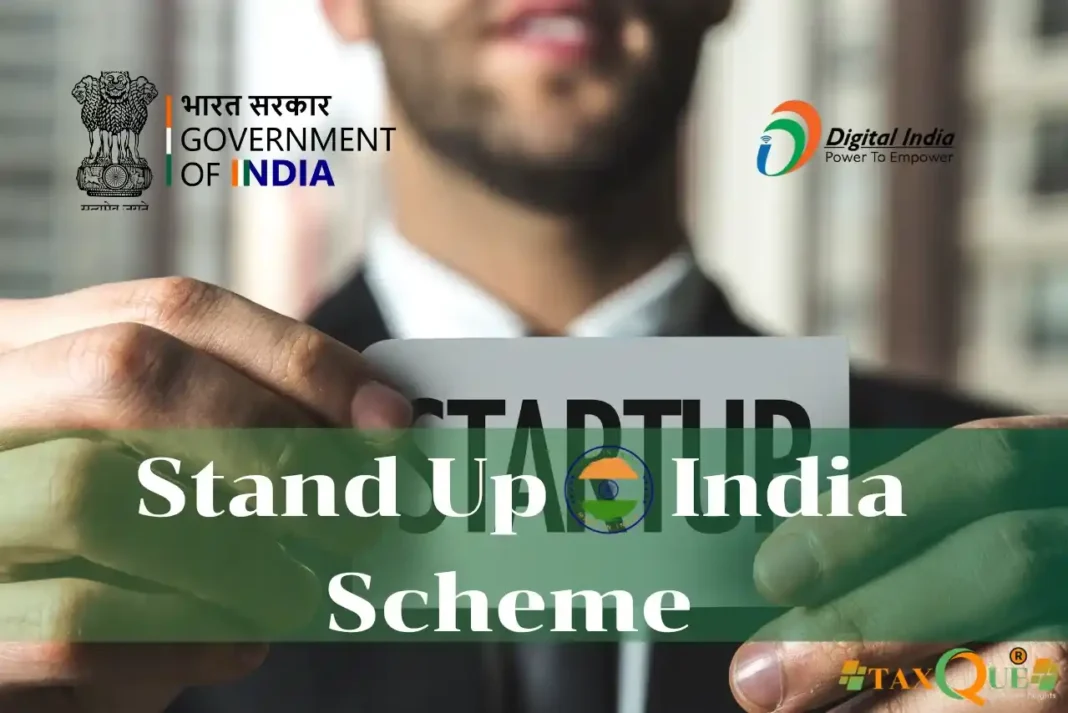Introduction
Dreaming of starting your own business in 2025? The PMEGP 2025 is your ticket to success! The Prime Minister’s Employment Generation Programme (PMEGP) offers credit-linked subsidies to help unemployed youth and artisans set up micro-enterprises. With a focus on job creation, this scheme is perfect for rural and urban entrepreneurs. In this blog, we’ll explore the details of PMEGP 2025, including eligibility, benefits, and how TaxQue’s services, like Udyam registration and business plan preparation, can help you launch your venture.
What is PMEGP 2025?
The PMEGP 2025 is a credit-linked subsidy scheme launched in 2008 by merging the Prime Minister’s Rojgar Yojana (PMRY) and Rural Employment Generation Programme (REGP). Administered by the Ministry of Micro, Small and Medium Enterprises (MSME), it’s implemented by the Khadi and Village Industries Commission (KVIC) at the national level. Approved for continuation through 2025-26 with a ₹13,554.42 crore outlay, PMEGP 2025 aims to create 30 lakh jobs by supporting 4 lakh micro-enterprises in the non-farm sector. It’s a cornerstone of India’s self-employment drive.
Key Features of PMEGP 2025
PMEGP 2025 is designed to make entrepreneurship accessible and sustainable. Here’s what stands out:
- Subsidies::
- Rural areas: 25% (general category), 35% (special categories like SC/ST, women).
- Urban areas: 15% (general), 25% (special categories).
- Loan Limits: Up to ₹50 lakh for manufacturing, ₹20 lakh for service/business sectors.
- Collateral-Free: Loans up to ₹10 lakh require no security, covered by CGTMSE.
- Training: Mandatory Entrepreneurship Development Programme (EDP) for beneficiaries.
- Digital Application: Apply online via the KVIC e-portal, with e-tracking for transparency.
Who Can Apply for PMEGP 2025?
Eligibility for PMEGP 2025 is inclusive to encourage first-time entrepreneurs:
- Individuals: Above 18 years, with no income ceiling.
- Education: VIII standard pass required for projects above ₹10 lakh (manufacturing) or ₹5 lakh (service).
- Entities: Self-Help Groups, Charitable Trusts, Societies, and Co-operative Societies.
- New Units Only: Existing units or those availing other government subsidies are ineligible.
- Exclusions: Businesses in meat processing, liquor, tobacco, or plantation crops are not allowed.
How to Apply for PMEGP Subsidies
Applying for PMEGP 2025 is easy with the right steps:
- Register Online: Visit kviconline.gov.in and fill the PMEGP application form.
- Submit Documents: Provide KYC (Aadhaar, PAN), business plan, caste certificate (if applicable), and Udyam registration.
- Choose Agency: Submit to KVIC, State KVIBs, or District Industries Centres (DICs).
- Bank Approval: Banks sanction 90–95% of the project cost, with 5–10% beneficiary contribution.
- EDP Training: Complete mandatory training post-approval.
Benefits of PMEGP 2025
PMEGP 2025 offers transformative advantages for entrepreneurs:
- High Subsidies: Up to 35% margin money reduces financial burden.
- Job Creation: Each unit creates ~8 jobs, boosting local economies.
- Rural Focus: Higher subsidies in rural areas curb urban migration.
- Marketing Support: KVIC offers exhibitions and sales outlets for PMEGP products.
- Versatile Financing: Covers term loans for capital expenditure and cash credit for working capital.
Comparison Table: PMEGP Subsidy Details
| Category | Rural Subsidy | Urban Subsidy | Project Cost (Max) |
|---|---|---|---|
| General | 25% | 15% | ₹50 lakh (manufacturing) |
| SC/ST/Women/OBC/NER | 35% | 25% | ₹20 lakh (service) |
How TaxQue Can Help You Access PMEGP
Applying for PMEGP 2025 requires compliance and documentation. TaxQue is your trusted partner, offering:
- Udyam Registration: Quick MSME registration to meet PMEGP eligibility.
- Business Plan Support: Craft detailed plans to secure bank approval.
- Documentation: Handle KYC, project reports, and caste certificates.
- GST Compliance: Ensure your business meets all regulatory requirements.
With TaxQue, you can focus on your venture while we streamline the PMEGP application process.
FAQs
- What is PMEGP 2025?
It’s a credit-linked subsidy scheme offering up to 35% subsidies for setting up micro-enterprises in the non-farm sector. - Who is eligible for PMEGP subsidies?
Individuals above 18, Self-Help Groups, Trusts, and Societies starting new units, with VIII standard pass for larger projects. - How do I apply for PMEGP 2025?
Apply online at kviconline.gov.in or submit forms to KVIC, KVIBs, or DICs with a business plan. - What are the benefits of PMEGP?
Subsidies up to 35%, collateral-free loans up to ₹10 lakh, and marketing support via KVIC exhibitions. - How can TaxQue assist with PMEGP applications?
TaxQue provides Udyam registration, business plan preparation, documentation, and GST compliance support.
Conclusion
PMEGP 2025 is a golden opportunity for entrepreneurs to start micro-enterprises with subsidies up to 35%. Whether in rural or urban areas, this scheme can transform your business dreams into reality while creating jobs. Let TaxQue handle your Udyam registration, business plan, and compliance needs to make your PMEGP application seamless. Ready to launch your venture? Contact TaxQue today and tap into the power of PMEGP 2025!
Disclaimer: This loan scheme information is for reference only. Verify all details with the authorized authority before applying. We are not liable for any discrepancies. Check thoroughly before proceeding.





